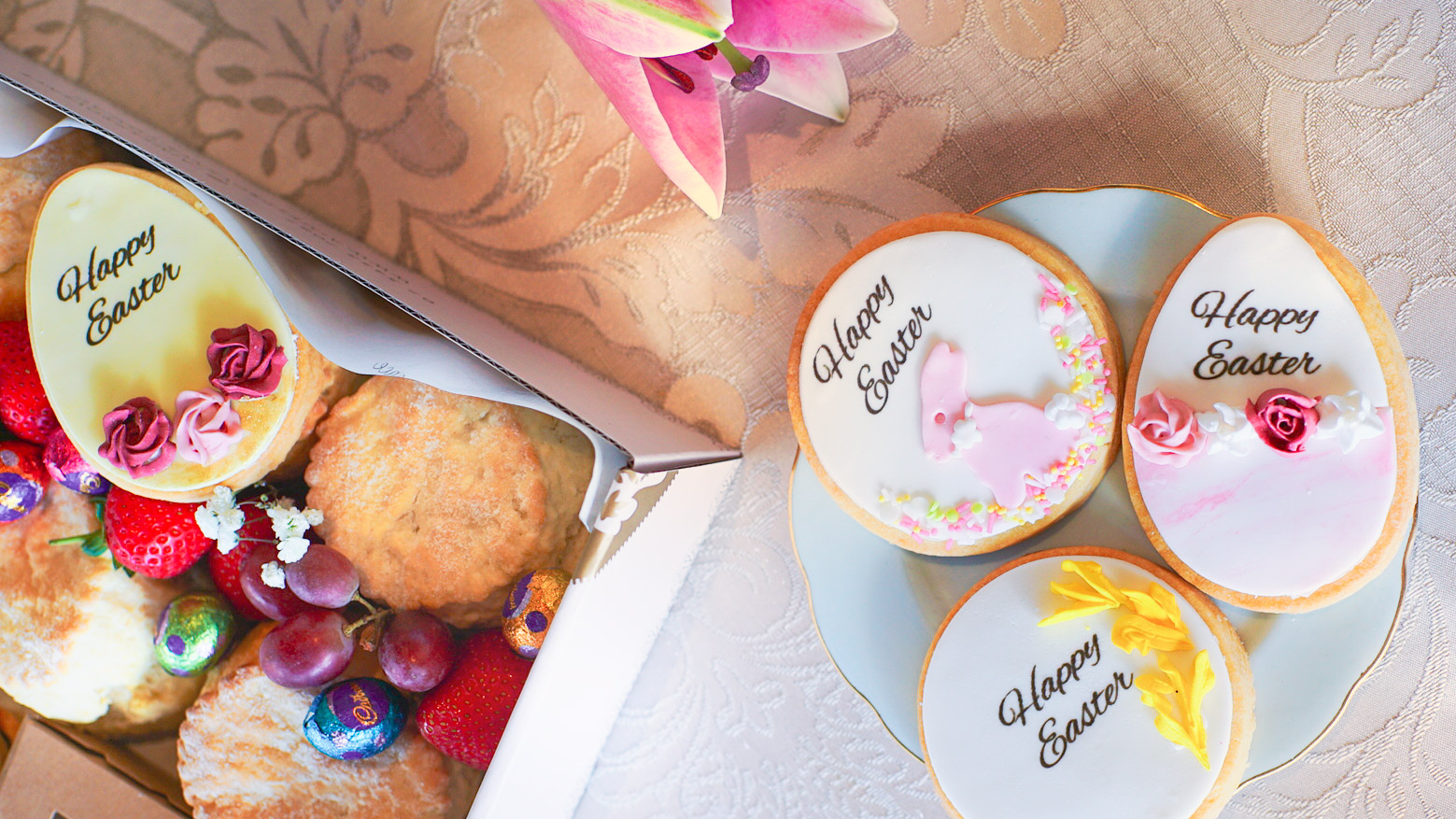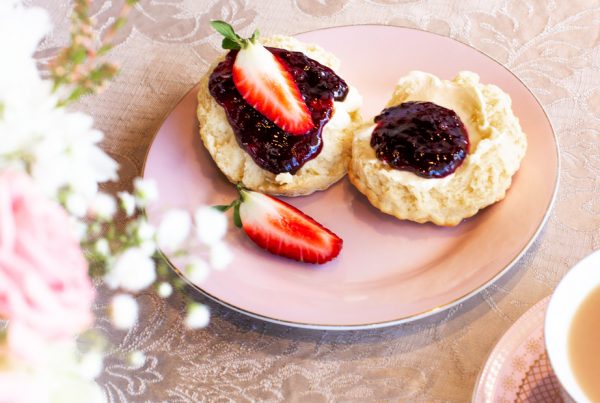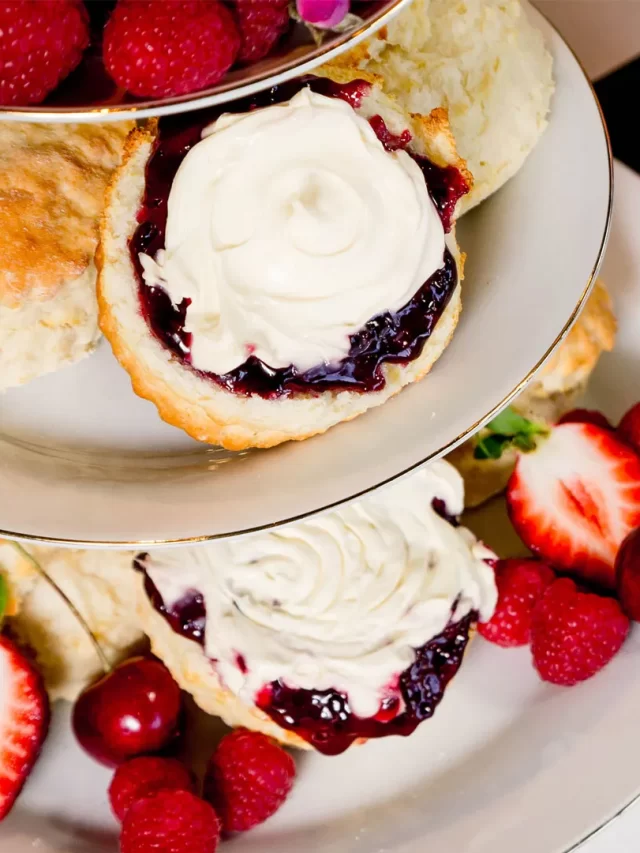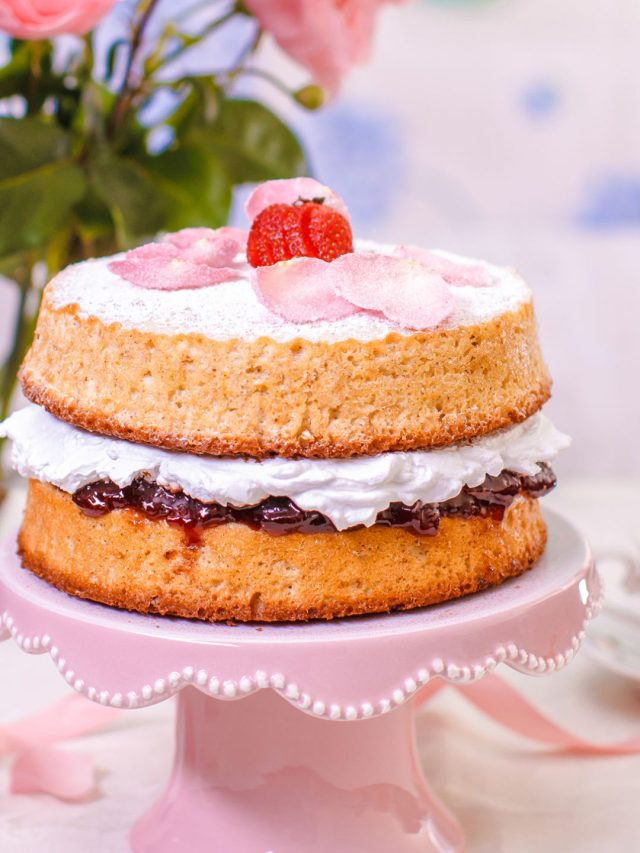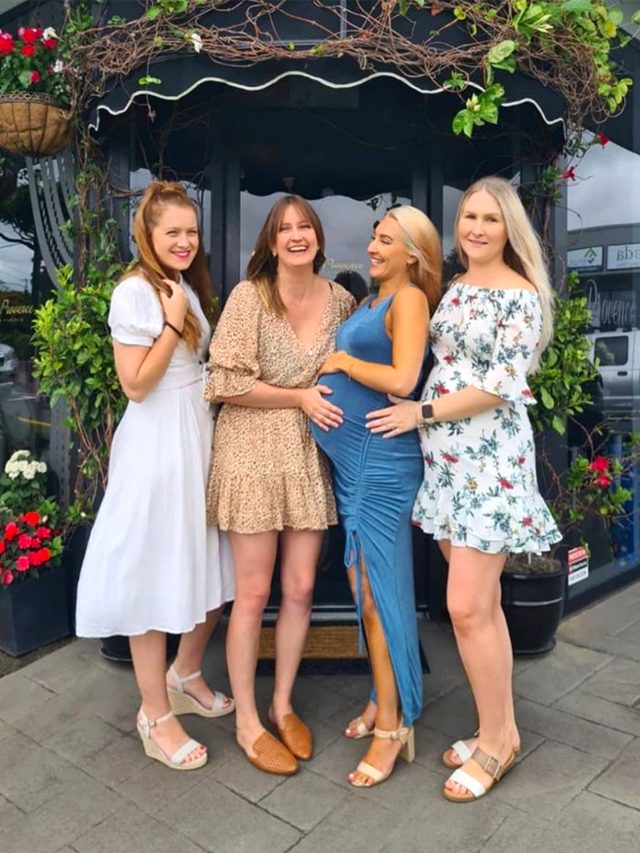The History of Easter eggs
Which came first: Easter or the Easter egg?
That’s a surprisingly difficult question to answer but did you know we’ve only been giving chocolate eggs at Easter for around 100 years? So what did people give before that? And why do we even celebrate with eggs at all?
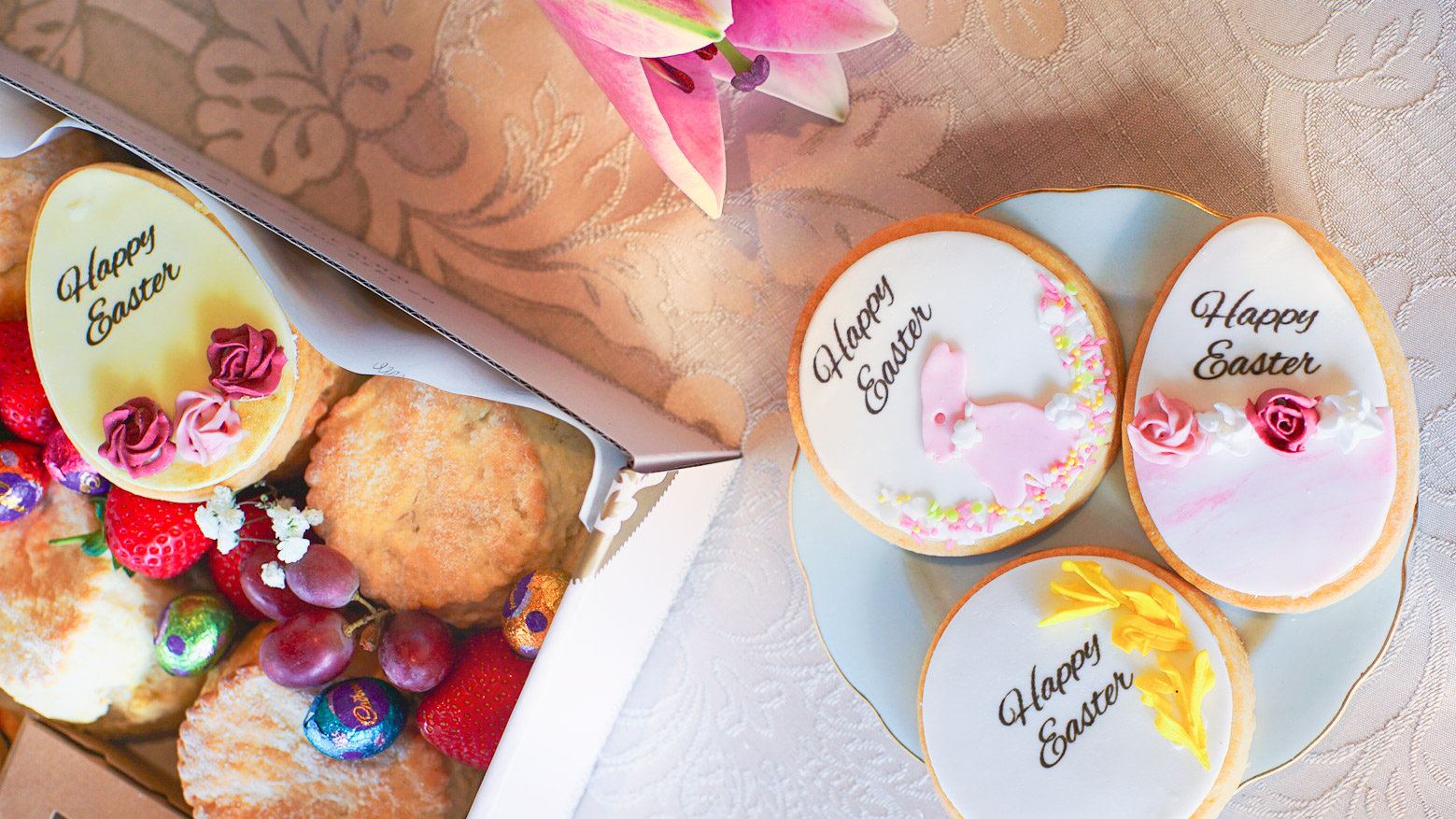
In this blog post, we’ll go on a hunt for the origins of the Easter egg itself, discover some more recent Easter egg traditions, and try some fun ways to decorate good, old-fashioned Easter eggs at home.
The meaning of Easter eggs
Easter, as we know it today, is a Christian celebration; a remembrance of Christ’s death on the cross (hence, the hot cross bun) and resurrection a few days later but the giving of eggs at this time of year is actually an ancient practice, at least in the northern hemisphere.
The Easter egg’s origins lie deep in pagan rituals of Springtime. Thousands of years ago eggs represented fertility and were given as a symbol of new life. Many ancient cultures, including the Egyptian, Hindu and Chinese involved the egg as a model of the universe or representing creation and birth of the new Spring.
A couple of thousand years ago early Christians then adopted the egg as a symbol of Christ’s resurrection, Plus it tied in well with the pre-Easter time of Lent. Lent is essentially a fast first observed in the third and fourth centuries; a time when Christians didn’t consume dairy products, including cheese, butter and eggs. (In some places, the tradition developed for children to go from door to door asking for eggs as a last treat before Lent began. Incidentally, Shrove Tuesday, or pancake day, is also the traditional day on which pancakes were eaten to use up any milk and
eggs before the start of Lent).
People have continued to exchange decorated eggs at Easter ever since. Along the way, we’ve adapted and added to Easter traditions involving eggs in all sorts of ways, some curious and some really beautiful.

The White House Easter Egg Roll in 1965. (Image: Washington Post)
Like the early 18th century innovation of the Easter egg rolling race. There’s still a famous race that takes place in Preston, England and an even more famous one every year on the White House lawn in the USA. And who could forget the simply gorgeous Eggs made by the jeweller Faberge and given as truly luxurious gifts amongst the Russian Royal Family in the 19th century! A little more down to Earth that century were the decorated eggs advertised in Paris in 1864.
The first Chocolate Easter egg
Not until 1873 do we see the introduction of the first chocolate Easter egg in 1874. Queen Victoria, her husband Prince Albert imported the tradition of the Easter egg hunt from his home (in modern Germany) and the luxury of chocolate eggs to share with their many children. But chocolate was still an expensive luxury in Victorian England so most families marked the occasion a little more modestly, decorating their own chicken or duck eggs themselves. Eggs were hard boiled in water containing items containing natural dyes, like onion skins, to produce decorative effects.
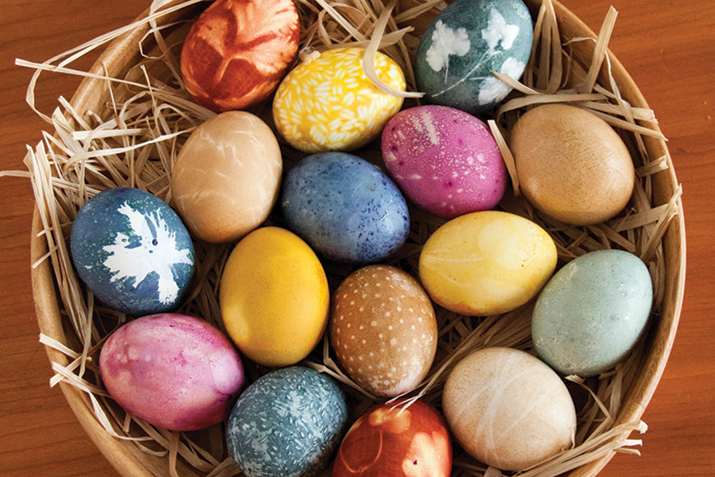

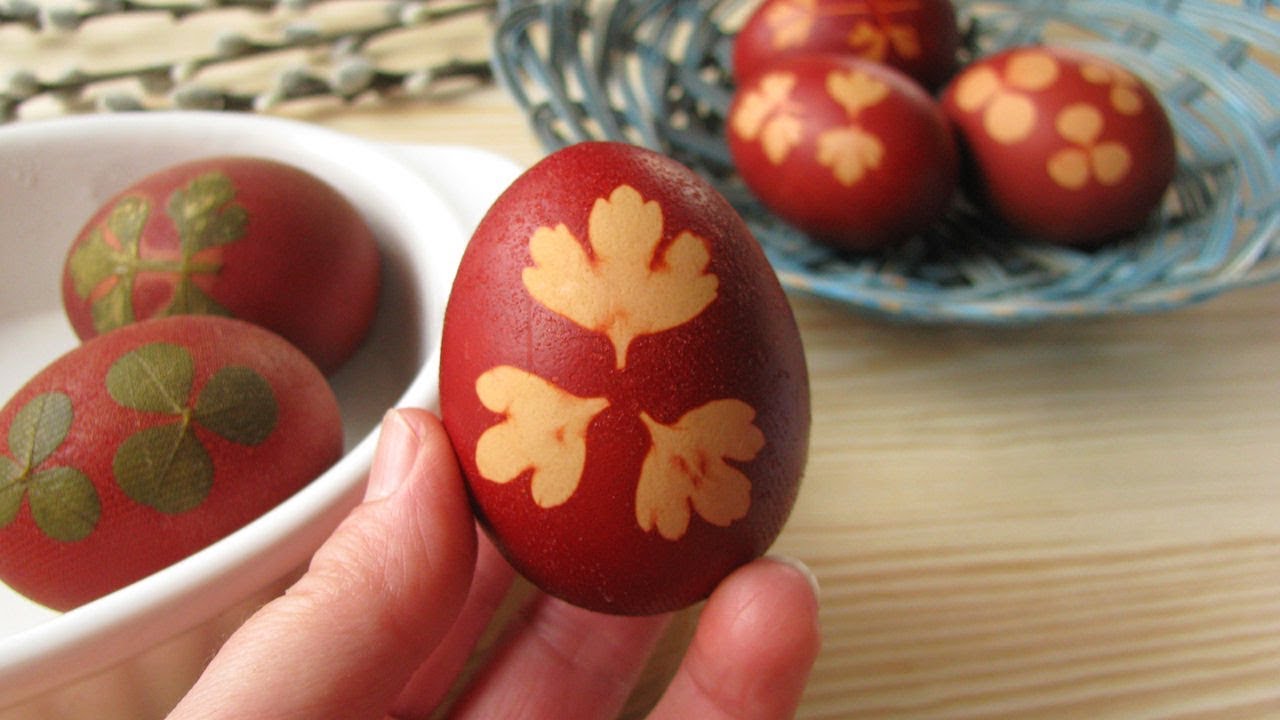
Easter egg superstitions
Over the years, some interesting superstitions developed about eggs and Easter. For example, to eat a “double-yolker” (a single egg with two yokes) at Easter time meant the lucky person would soon be wealthy. Most, however, concerned eggs and Good Friday; the day on which Christ was said to have died on the cross. Eggs cooked and eaten on Good Friday, for instance, would promote fertility and prevent sudden death. No wonder eggs became a popular breakfast food on Good Friday. A bit more remarkable – and no doubt a bit harder to prove – is the superstition that eggs actually laid on Good Friday would apparently turn into diamonds – if kept for 100 years!
Chocolate became much more affordable in 1905 and by the end of World War II almost everyone could afford chocolate eggs as a special treat at Easter. As a result, the tradition of dying eggs declined to the point at which it’s now difficult to imagine Easter without the chocolate Easter egg.
Decorate your own Easter egg
The tradition of decorating eggs seems to have developed quite early because we know that as long ago as 1290 England’s King Edward I ordered 450 decorated eggs to be distributed at his Court. Decorating and colouring your own Easter eggs is still a great thing to do. It’s an old tradition that’s growing in popularity today. And it’s easy to see why when the results are so pretty and giving handmade gifts is such a thoughtful touch. Plus, decorating your own eggs is not only easy, it’s fun! Why not give it a try yourself?
A simple way to decorate your own Easter eggs:
- Bring a pan of water containing 1 tablespoon of white wine vinegar and the skins of two brown onions to the boil.
- Add eggs and bring back to a gentle boil (white shells give the best results; brown eggs will give more muted results)
- Boil gently 10 – 12 minutes
- Allow to cool
- Rub each egg with a little olive or vegetable oil to give a pretty sheen.
Or get creative; omit the onion skins and plunge each boiled egg into a dye bath containing
- 250 mls of colourant:
- Red: 2 – 3 tsp cochineal
- Yellow: 2 – 3 tsp turmeric
- Blue/green: 1/4 – 1/2 tsp food colouring.
For even more effects, try strips of fabric, lace, or even rubber bands, round the eggs before dying. Or how about getting artistic and drawing patterns on the shell with a wax pen. Once waxed the waxed parts will remain white, creating pretty patterns.
However you enjoy your Easter we hope you will celebrate it with family and friends, whether as our guest or in your own home. We’d be honoured to help you celebrate your Easter because nothing goes better with making special memories with loved ones, than with our delicious Easter gift hampers that add a touch of luxury and help to make the season just that bit more special.

